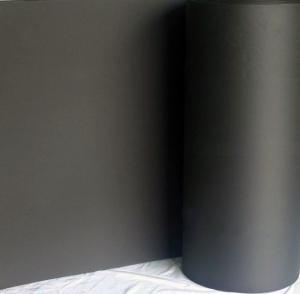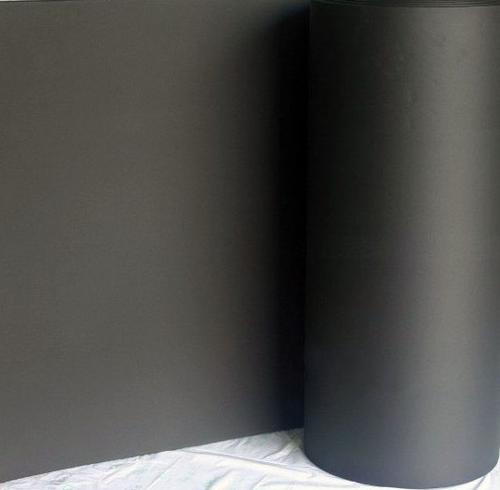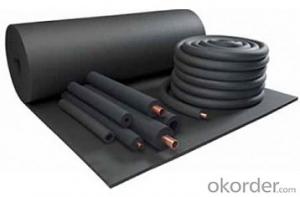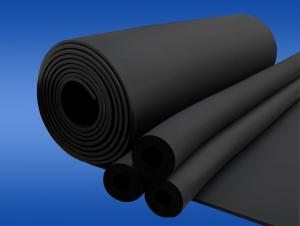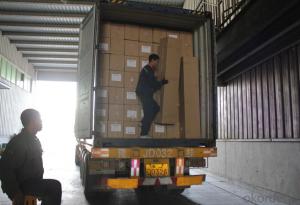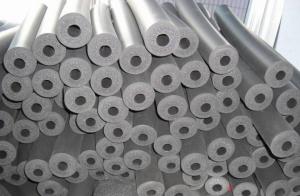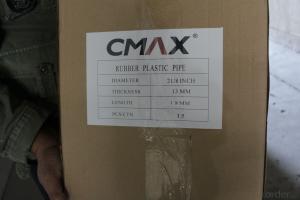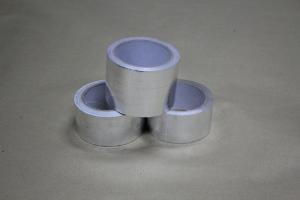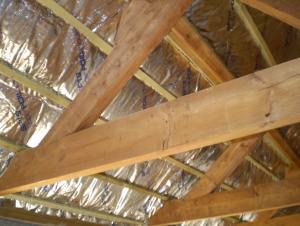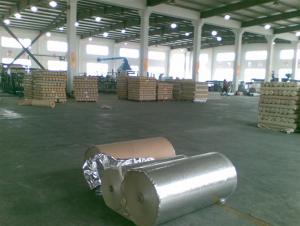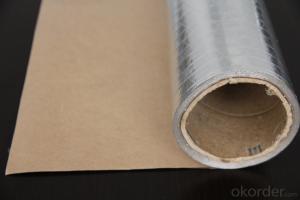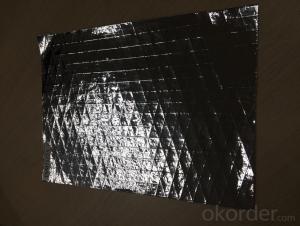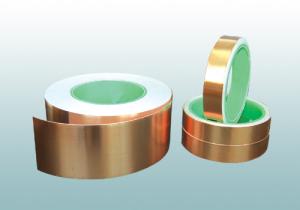Flexible Elastomeric Rubber with Aluminum Foil Facing
- Loading Port:
- China Main Port
- Payment Terms:
- TT or LC
- Min Order Qty:
- -
- Supply Capability:
- -
OKorder Service Pledge
OKorder Financial Service
You Might Also Like
1. Flexible Rubber Plastic Insulation Material Description
rubber plastic is a high quality heat-insulating and heat-preservation material which use butyronitrile rubber and polyvinychloride(NBR,PVC) as main raw materials.
The productionprocess includes mixing, tensing and continuous extruding , heating andfoaming, cooling and cutting.
2.Main Features of Rubber Plastic
-Lower heat-conductivity
-Higher fire-blockingperformance
-Damp-proof andWater-proof
-Softness
-Neat and
-Easy to installeasy handing and storage
-Good flexibilityand tenacity
3.Rubber Plastic Images
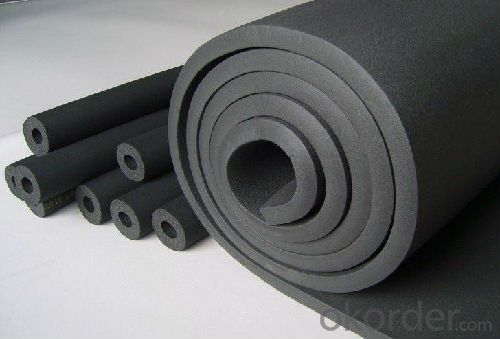
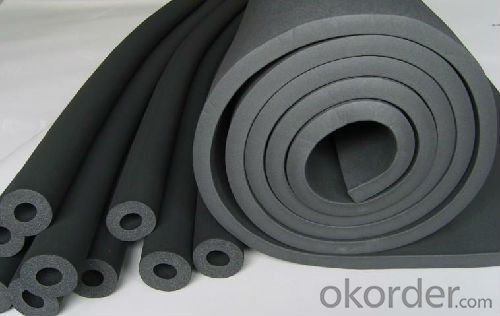
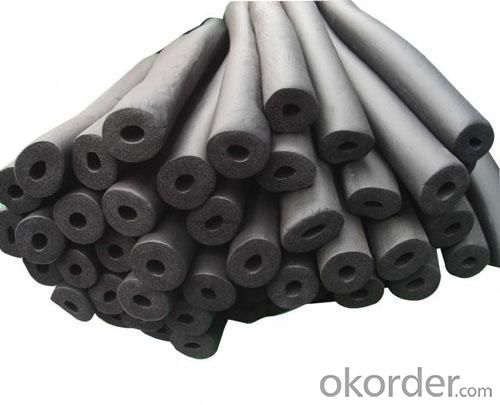
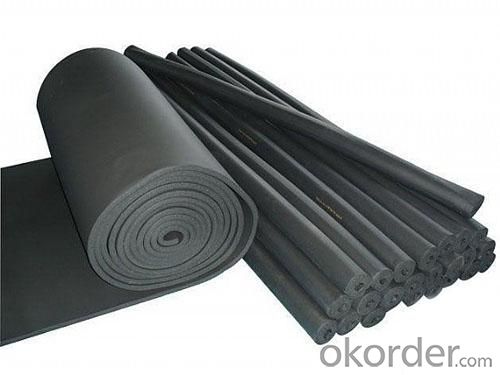
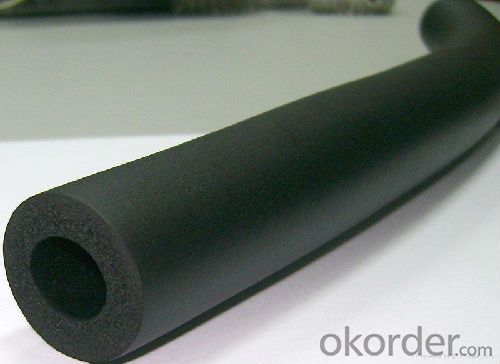
4.Rubber Plastic Specification
--Rubber Plastic Sheet
Density(kg/m3) | 40-90 | ||||
Thickness(mm) | 10 mm | 15 mm | 20 mm | 25 mm | 30 mm |
Length (m) | 20 | 20 | 10 | 10 | 10 |
Width (m) | 1.5 | 1.5 | 1.5 | 1.5 | 1.5 |
5.FAQ
We have organized several common questions for our clients,may help you sincerely:
①How about your company?
A world class manufacturer & supplier of HVAC materials,is one of the large-scale professional investment building materials production bases in China.
②How to guarantee the quality of the products?
We have established the international advanced quality management system,every link from raw material to final product we have strict quality test;We resolutely put an end to unqualified products flowing into the market. At the same time, we will provide necessary follow-up service assurance.
③How long can we receive the product after purchase?
In the purchase of product within three working days, We will arrange the factory delivery as soon as possible. The pecific time of receiving is related to the state and position of customers.Commonly 7 to 10 working days can be served.
- Q: What are the alternatives to using aluminum foil for food packaging?
- <p>Yes, there are several alternatives to aluminum foil for food packaging. These include biodegradable materials such as plant-based films, paper-based packaging, and compostable plastics. There are also reusable silicone food wraps and beeswax wraps that can be used multiple times. Additionally, glass and stainless steel containers are excellent alternatives for food storage and can be used instead of aluminum foil for certain applications. These alternatives not only reduce waste but also contribute to a more sustainable environment.</p>
- Q: What are the methods to avoid aluminum leaching from aluminum foil into food during cooking or storage?
- <p>To prevent aluminum from leaching into food when using aluminum foil facing, avoid direct contact between the foil and acidic or salty foods, as these can cause the aluminum to leach. Do not use aluminum foil at high temperatures, as it can degrade and release aluminum particles. Opt for aluminum-free alternatives like parchment paper or silicone baking mats for lining pans or wrapping foods. When using aluminum foil, ensure it's the heavy-duty type, which is less likely to break down and release aluminum. Always wash hands and utensils that have come into contact with aluminum foil to minimize ingestion of any residual aluminum.</p>
- Q: What are the safety regulations or guidelines that aluminum foil facing must adhere to?
- <p>Safety standards for aluminum foil facing are crucial to ensure the product's safety and effectiveness. These standards typically include requirements for material composition, thickness, and bonding strength to ensure the foil's durability and resistance to tearing. Additionally, there are guidelines for the foil's reflectivity and heat resistance, which are important for its performance in various applications. Compliance with these standards is often verified through testing and certification processes, ensuring that aluminum foil facing products meet the necessary quality and safety benchmarks before they reach the market.</p>
- Q: Is it possible to create a pie crust using aluminum foil as a substitute for traditional pie crust materials?
- <p>No, you cannot use aluminum foil to make a pie crust. A pie crust is traditionally made from flour, butter, and water, which when combined and baked, create a flaky, edible crust. Aluminum foil is a metal material not meant for consumption and lacks the properties needed to form a pie crust. It does not have the ability to be rolled out, shaped, or baked into a flaky, edible form. Instead, it's used for wrapping food to retain moisture or for cooking on a grill.</p>
- Q: Is it possible to recycle aluminum foil facing more than once?
- <p>Aluminum foil facing can be recycled, but it is typically not recycled multiple times due to the thinness and contamination issues. Recycling aluminum involves melting it down, and the thin foil can easily contaminate other aluminum products. Additionally, the foil facing is often laminated with other materials, making it difficult to separate and recycle. While some recycling facilities may accept it, the process is not as efficient as recycling other types of aluminum, and it's often advised to check with local recycling programs for their specific guidelines.</p>
- Q: Is aluminum foil a healthier alternative to plastic wrap?
- <p>Aluminum foil may have some health benefits over plastic wrap due to its non-porous nature, which prevents the absorption of flavors and odors. It's also heat resistant, making it suitable for cooking and reheating food. However, aluminum foil doesn't cling to surfaces as well as plastic wrap, making it less convenient for sealing food. Additionally, there are concerns about aluminum exposure, though the risk is considered low when used in cooking. It's important to note that the health benefits of using aluminum foil over plastic wrap are not definitively established, and both have their pros and cons.</p>
- Q: This question asks about the optimal methods for placing food in a microwave using aluminum foil, specifically focusing on the orientation of the foil's facing.
- <p>The best way to store food in a microwave using aluminum foil is to avoid using it altogether. Aluminum foil is not recommended for use in microwaves because it can cause sparks and potentially start a fire. Instead, use microwave-safe containers made of glass, ceramic, or plastic. If you must use aluminum foil, ensure it does not touch the microwave's walls or ceiling and that it is not in direct contact with the food. However, for safety and efficiency, it's best to use appropriate microwave-safe materials.</p>
- Q: What are the most suitable materials for covering food to ensure safety and freshness?
- <p>The best materials for food covers include food-grade silicone, beeswax wraps, and BPA-free plastic. Food-grade silicone is durable, heat-resistant, and can be reused. Beeswax wraps are eco-friendly, reusable, and can be used in the fridge or freezer. BPA-free plastic wraps are commonly used and are good for single use, but ensure they are microwave-safe if you plan to reheat food. Always check for food safety certifications and avoid materials that can leach harmful chemicals into your food.</p>
- Q: This question asks for methods to clean the aluminum foil facing, which is a common household material used for cooking and food storage.
- <p>To clean aluminum foil facing, start by removing any visible debris. Use a damp cloth or sponge with mild dish soap to wipe the surface gently. Avoid abrasive materials that could scratch the foil. If there are stubborn stains, you can use a mixture of water and vinegar (1:1 ratio) to dampen the cloth. Wipe the surface and let it air dry. For baked-on food, you can use a plastic scraper or a soft nylon brush to gently remove it. Always remember to handle aluminum foil carefully to prevent tearing or damaging the surface.</p>
- Q: The user is asking if aluminum foil can be used as a replacement for tin foil in baking and grilling applications.
- <p>Yes, you can use aluminum foil as a substitute for tin foil in baking pans or grilling pans. Both aluminum and tin foil are commonly used for similar purposes, such as lining pans, wrapping food, and preventing food from sticking. Aluminum foil is more widely available and less expensive than tin foil. It conducts heat well and is non-toxic, making it a suitable alternative for most baking and grilling needs. However, note that aluminum may react with acidic foods, so it's best to avoid using it in such cases or to use a heavier gauge to minimize contact with the food.</p>
Send your message to us
Flexible Elastomeric Rubber with Aluminum Foil Facing
- Loading Port:
- China Main Port
- Payment Terms:
- TT or LC
- Min Order Qty:
- -
- Supply Capability:
- -
OKorder Service Pledge
OKorder Financial Service
Similar products
Hot products
Hot Searches
Related keywords
